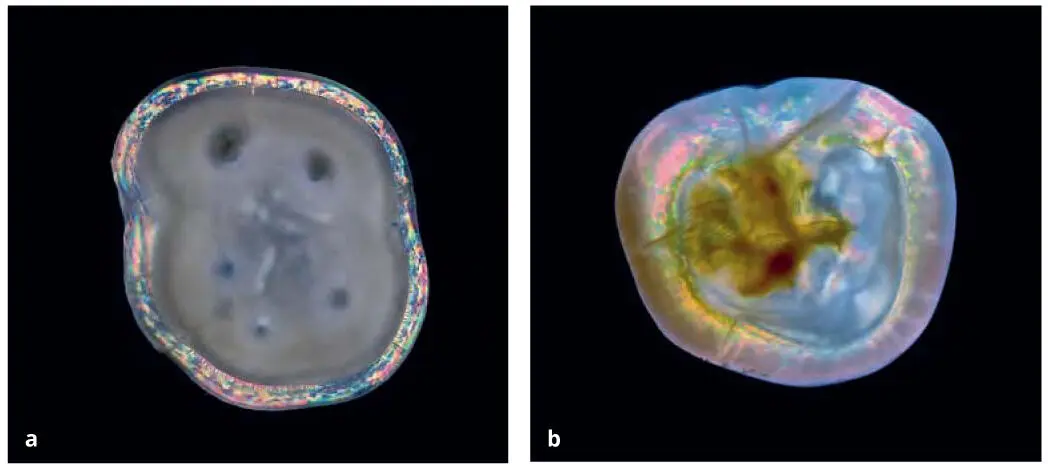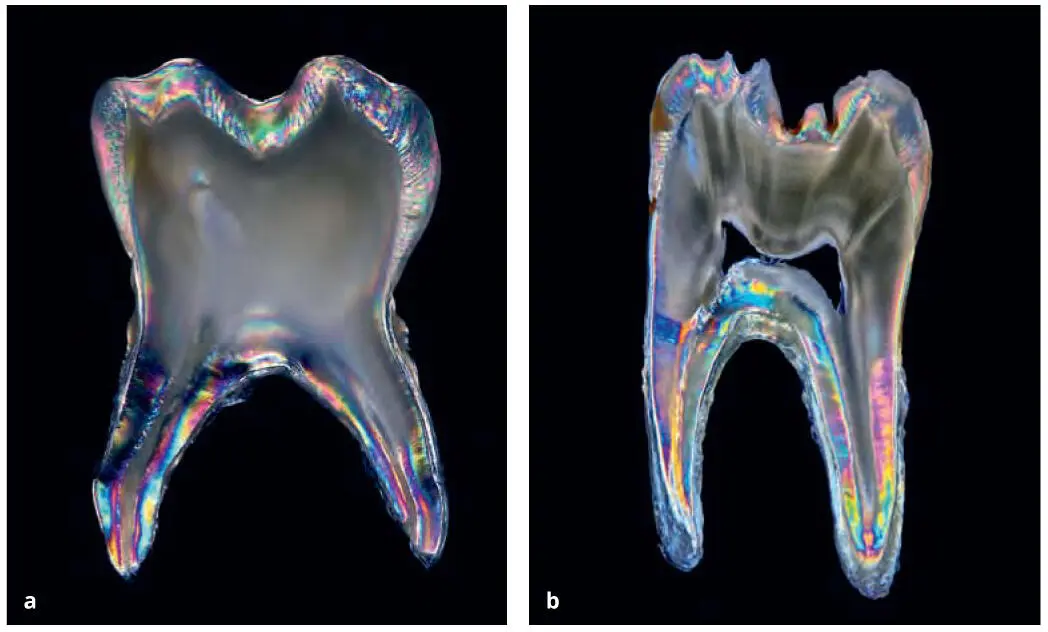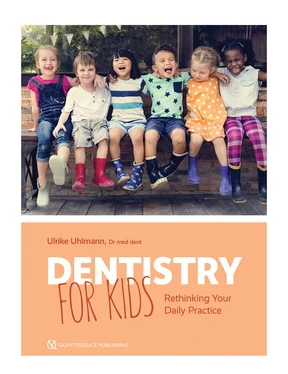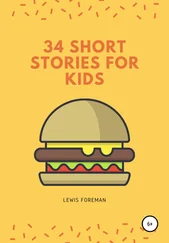In dental school, we are faced with a lot of theory, but there is virtually no discussion of the practical aspects of treating children. Because it is sometimes impossible to reconcile theory and practice without a degree of compromise, especially in pediatric dentistry, the treatment of young patients often poses a challenge in everyday practice. In many practices, seasoned dentists prefer that treatment of children is performed by the newest hire just out of dental school or with the most junior status; however, they often do not have the necessary communication skills to improve or maintain compliance from young patients. Nonetheless, provided the diagnostic steps run smoothly and none or only minor findings become apparent, no one involved has to leave their comfort zone. But what if measures become necessary that demand more from the patient and practitioner than their individual comfort zones will allow?
Children are incredibly receptive and attuned to the people interacting with them. Uncertainties are easily transmitted to young patients, which commonly results in stress and refusal. Specialized pediatric dentists are often called in too late and then laboriously have to regain the child’s trust. But it can be different! With a few tricks in organization, communication, and treatment; proper diagnostic testing; and realistic recognition of one’s own capabilities and limitations, treatment of children can become established as a successful element of a practice concept.
The concept of a family dental practice yields benefits for all those involved: Parents can combine their preventive care appointments with their children’s to save time, while dentists can gain a whole new patient base and duplicate their range of treatments and that of their team. Treating children also provides dentists with more variety in everyday work, opens up new prospects, and creates trust. Parents who know their children are in good hands with a dentist will be happy to become or remain patients themselves.
The great challenge in pediatric dentistry is determining which treatment approach and technique is most appropriate for each individual patient. Not every young patient is suitable for classic filling therapy, and the wait-and-see approach after fluoride application is not appropriate for many children. However, it should still be our main goal to provide even our youngest patients with optimal, state-of-the-art treatment.
In addition, we must not forget that pediatric dentistry in particular is much more than just drill and fill. Our actual core task and daily challenge is prophylaxis and the prevention of caries. Unlike adult patients, children are not able to take responsibility for their own oral health. There is no reason for caries to develop in primary teeth, and yet, on a daily basis, we see that the reality is quite different. This is why we need to partner with parents and make them understand that they are the key to their children’s oral health. Sometimes this can be a considerable challenge.
The objective of the first dental examination is to fully inform parents about the relevant topics (fluoride, oral hygiene, diet, drinking), dispel any fears (eg, premature or delayed eruption of teeth, grinding teeth, teething troubles), and detect or prevent early childhood caries (ECC). This visit also serves to familiarize children with dental treatment in a positive way so that they are less anxious for future visits that may be required for trauma or caries. Most importantly, the purpose of these early visits is to establish a “dental home” for the child and their parents.
DENTAL HOME
The American Academy of Pediatric Dentistry (AAPD) defines a dental home as the “ongoing relationship between the dentist and the patient, inclusive of all aspects of oral health care delivered in a comprehensive, continuously accessible, coordinated, and family-centered way. The dental home should be established no later than 12 months of age to help children and their families institute a lifetime of good oral health. A dental home addresses anticipatory guidance and preventive, acute, and comprehensive oral health care and includes referral to dental specialists when appropriate” (AAPD, 2018). Our care should always be centered around the child, meaning that if we can’t offer proper treatment, we refer to someone who we think can; the referral of a patient does not mean we failed doing our job but rather that we care for our patients more than for our ego. For this we will not lose any patients but gain trust and thankfulness.
This introductory chapter briefly addresses the most important anatomical, physiologic, and morphologic basics of primary teeth that have practical relevance. This chapter may also be used as a source for mineralization and eruption times as well as the multifactorial etiology of caries. The teething charts can also be copied and handed out to parents.
STRUCTURE OF PRIMARY TEETH
The structure of primary teeth differs significantly from that of permanent teeth, and this factor has a direct influence on treatment. First, a few particular features must be kept in mind during adhesive cementation of fillings because of the morphologic characteristics of primary teeth ( Box 1-1). Second, caries in primary teeth invades the dentin more quickly and endodontic treatments are required far earlier than with permanent teeth because of the macromorphology of primary teeth (Fig 1-1).
Box 1-1 Morphologic characteristics of primary teeth 2
Macromorphology
• The enamel mantle is not thicker than 1 mm in any location.
• The pulp chamber of the primary teeth is relatively larger, and the pulp horns are relatively more exposed compared with permanent teeth.
• The occlusal surfaces of the primary teeth are narrower in comparison to permanent teeth, and their buccal and lingual facets diverge toward a strongly developed cervical or basal enamel bulge.
• Primary molars have a broader and flatter interproximal contact than permanent molars.
Micromorphology
• The enamel surface is characterized by a largely aprismatic enamel surface (layer thickness 30–100 μm).
• The enamel prisms in the cervical area increase from the dentinoenamel junction toward the occlusal surface.
• The mineral content of the primary tooth enamel is lower than in the permanent dentition.
• In primary teeth the enamel formed postnatally is far less densely mineralized than the prenatal enamel mantle.
• The structure of primary tooth dentin is different than permanent tooth dentin: The dentinal tubules are larger, the peritubular dentin is more highly developed, and the mineral content of the intertubular dentin is lower than in the permanent dentition.
Fig 1-1 Morphologic differences between primary and permanent teeth.
The micromorphology is characterized by an aprismatic and irregular enamel structure (Fig 1-2). The proportion of organic constituents is higher than in permanent teeth, which explains poorer conditioning by the acid etch technique. The dentin structure also differs from that of permanent teeth (Fig 1-3): The mineral content is reduced, the distribution of dentinal tubules is more irregular, and the tubules are larger. This explains the faster progression of caries and the lower dentin adhesive values. 3

Fig 1-2 Cross section of a primary (a) versus a permanent (b) tooth revealing enamel layer thickness. In the primary tooth, the enamel layer is very thin compared with the permanent tooth. (Photographs courtesy of Peter Schaller.)

Fig 1-3 Longitudinal section of a primary (a) versus a permanent (b) tooth. The size of the pulp cavity is much larger in the primary tooth, whereas the dentin layer between the enamel and the pulp is much thicker in the permanent tooth. (Photographs courtesy of Peter Schaller.)
Читать дальше














